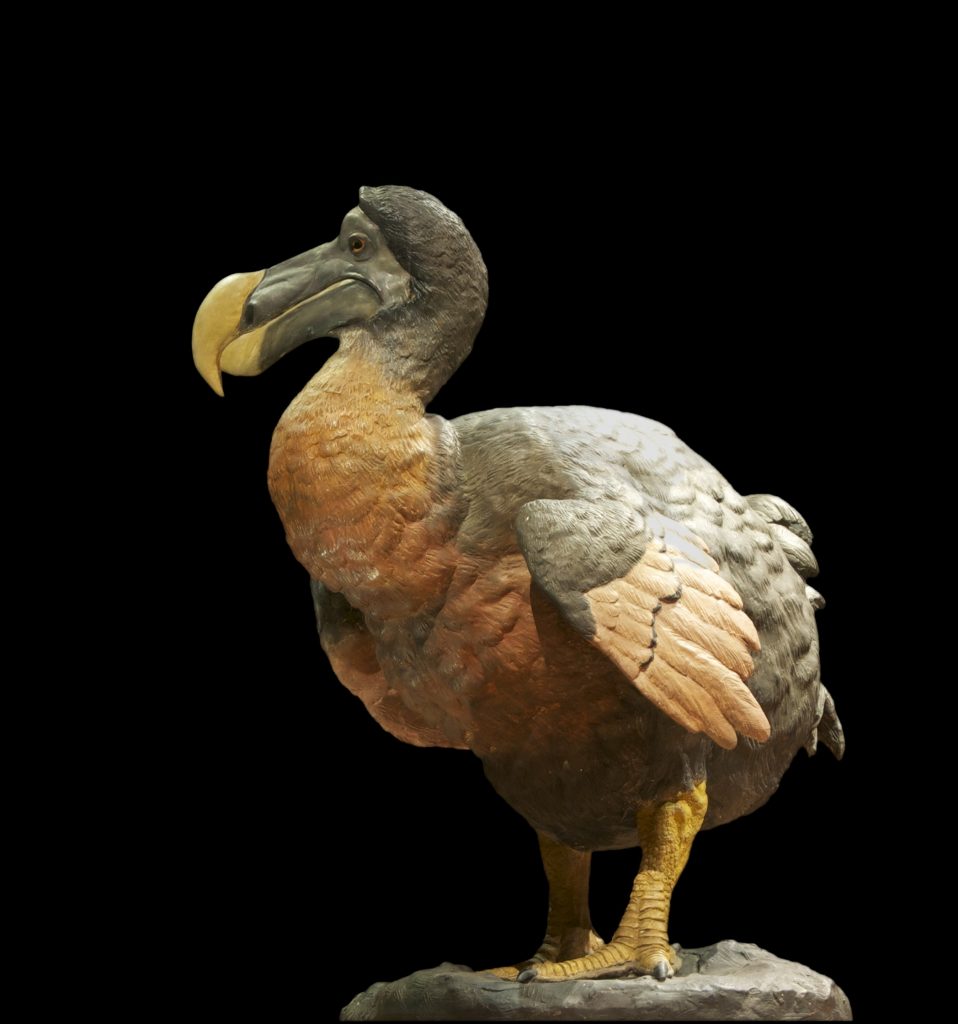

Pulse oximeters are available as a prescription or over the counter (OTC). Some can connect to a smartphone app for easy recording, data storage and sharing with your healthcare team, which can be helpful for people with chronic conditions or who use home oxygen therapy. They range in price and size and are sold by both brick-and-mortar and online retailers. Pulse oximeters commonly used at home are finger monitors that are small and painlessly clipped onto your fingertip. Reflectance probes measure blood oxygen levels with an emitter and sensor that are placed side by side on a flat body surface with underlying bone (such as the forehead).Transmission probes are used to measure blood oxygen through your fingers, toes and earlobes.The FDA notes that these readings should be considered estimates of blood saturation and more accurate measurements can be provided by a blood test. If it’s lower than 90%, one should seek immediate medical attention. Typically, an oxygen saturation level is considered normal between 95% and 100%.

To calculate the oxygen saturation percentage, a photodetector reads the light absorption from these two beams of differing wavelengths. When you insert your fingertip into a pulse oximeter, it uses two non-invasive LED lights-one red to measure deoxygenated blood and the other infrared to measure oxygenated blood. If all the binding sites on the hemoglobin molecule have oxygen, the hemoglobin is 100% saturated. Pulse oximetry measures the percent of hemoglobin saturated by oxygen, which is called oxygen saturation and is expressed as a percentage. Oxygen is attached to hemoglobin, an iron-rich protein in red blood cells. Pulse oximetry is a quick and painless indicator as to how well your body is working to move the oxygen from your heart to your extremities. Best Pulse Oximeters For Seniors Of 2023Ī pulse oximeter is a device that measures your pulse rate (or heart rate) and the percentage of oxygen in your blood, showing digital readings for both in a matter of seconds. While we work hard to provide accurate and up-to-date information that we think you will find relevant, Forbes Health does not and cannot guarantee that any information provided is complete and makes no representations or warranties in connection thereto, nor to the accuracy or applicability thereof. The compensation we receive from advertisers does not influence the recommendations or advice our editorial team provides in our articles or otherwise impact any of the editorial content on Forbes Health. Second, we also include links to advertisers’ offers in some of our articles these “affiliate links” may generate income for our site when you click on them. This site does not include all companies or products available within the market. The compensation we receive for those placements affects how and where advertisers’ offers appear on the site. First, we provide paid placements to advertisers to present their offers. This compensation comes from two main sources.
MOST ACCURATE DODO PICTURE FOR FREE
To help support our reporting work, and to continue our ability to provide this content for free to our readers, we receive compensation from the companies that advertise on the Forbes Health site. The Forbes Health editorial team is independent and objective.


 0 kommentar(er)
0 kommentar(er)
